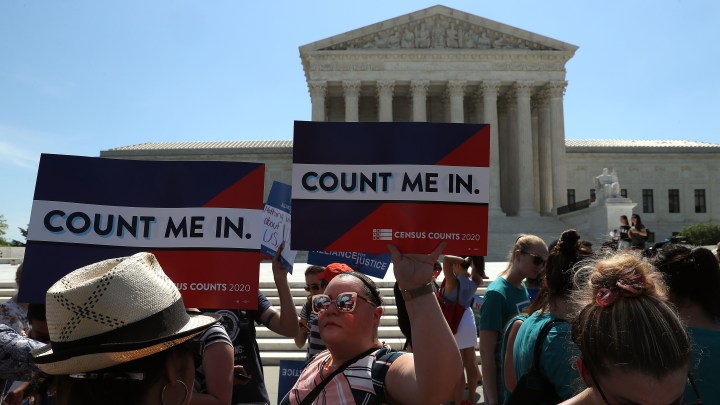
Release of 2020 census data starts countdown to congressional redistricting
Release of 2020 census data starts countdown to congressional redistricting

The U.S. Census Bureau released additional data from the 2020 census Thursday. Specifically, it unveiled the first detailed statistics breaking down just where people in America live, along with information about race and ethnicity, age and housing.
This data will set off big political fights in many statehouses around the redrawing of congressional maps. District lines based on the new census will shape politics for the next decade.
And, there is, of course, a lot of money involved. But it’s not like the kind of money that goes into, say, a presidential campaign.
“Our commission probably has one of the most generous commission redistricting budgets across all 50 states. We have a budget of approximately $16 million,” said Sara Sadhwani, who teaches political science at Pomona College in California and serves on the state redistricting commission.
Some states use commissions, like the one in California. Others draw district boundaries in the legislatures, and lots of people who have to be paid will weigh in.
“We have political scientists, we have social scientists, we have mathematicians, we have statisticians, we have lawyers that are looking at the legality of different lines,” said Davia Downey, who teaches public administration at the University of Memphis in Tennessee.
Then, there’s the spending from interest groups, many of which are flush with cash at the moment.
Both national parties have their own redistricting committees and are getting ready for the inevitable legal challenges to the new district maps. So are nonpartisan groups like the Campaign Legal Center.
“We have been hiring more lawyers, and we have staff dedicated to this project to bring transparency to the process,” said Mark Gaber, director of redistricting for the group. He added that the CLC aims “to ensure that, you know, both nonpartisan interests are promoted, but also to ensure that in particular communities of color don’t become the victim of this redistricting process.”
Because, Gaber said, there’s a real line — no pun intended — between redistricting and policies that affect everyone’s lives.
There’s a lot happening in the world. Through it all, Marketplace is here for you.
You rely on Marketplace to break down the world’s events and tell you how it affects you in a fact-based, approachable way. We rely on your financial support to keep making that possible.
Your donation today powers the independent journalism that you rely on. For just $5/month, you can help sustain Marketplace so we can keep reporting on the things that matter to you.

















